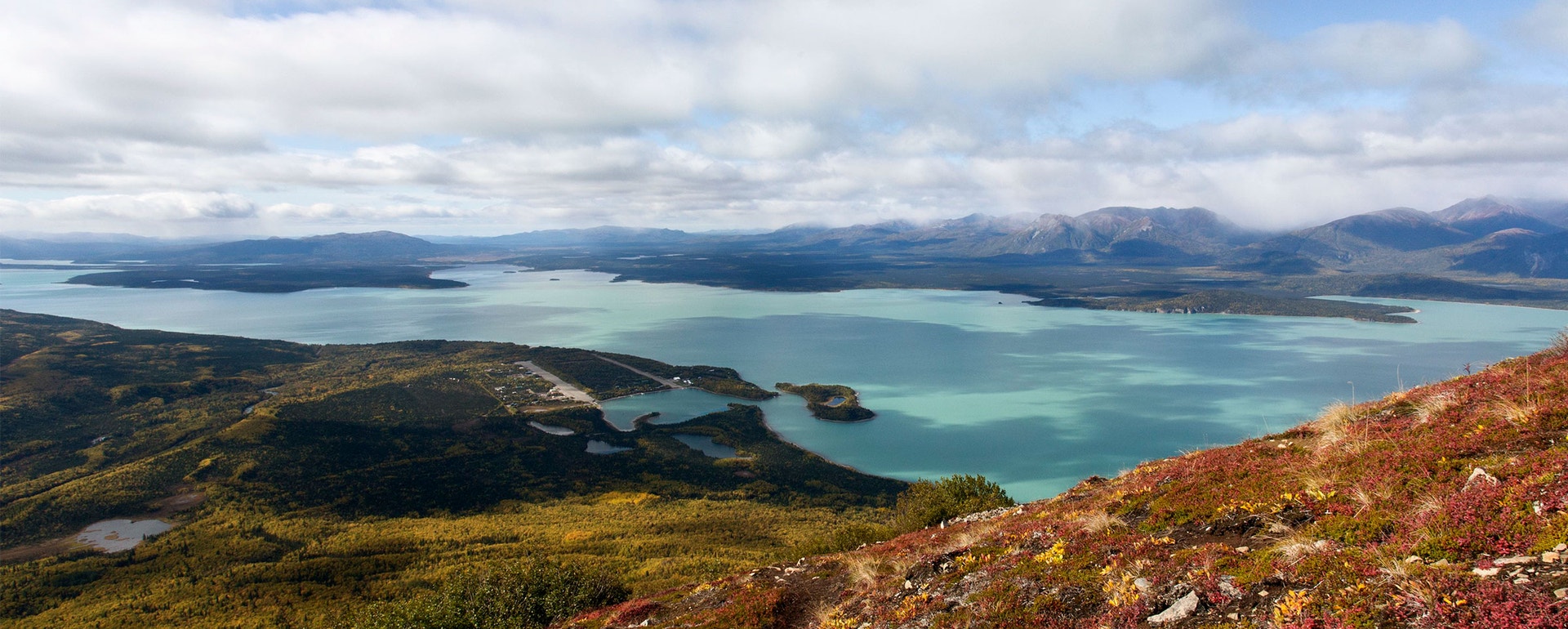-
Number of Current Species
i
Bird species with suitable climate in park today
0
-
Potential Colonizations
i
Bird species with new suitable climate in park by 2050
0
-
Potential Extirpations
i
Bird species with no suitable climate in park by 2050
0
Suitable climate for these species is currently available in the park. This list is derived from National Park Service Inventory & Monitoring data and eBird observations. Note, however, there are still imperfections in these datasets.
These are species that may find the new climate conditions of this park suitable by 2050. But projected changes in climate suitability are not definitive predictions of future species ranges or abundances. Numerous other factors affect where species occur, including habitat quality, food abundance, species adaptability, and the availability of microclimates.
Within this park, suitable climate for these birds ceases to occur by 2050. Species may either adapt to the park’s new climate or may follow suitable climate elsewhere.
Suitable climate for these species is currently available in the park. This list is derived from National Park Service Inventory & Monitoring data and eBird observations. Note, however, there are still imperfections in these datasets.
These are species that may find the new climate conditions of this park suitable by 2050. But projected changes in climate suitability are not definitive predictions of future species ranges. Numerous other factors affect where species occur, including habitat quality, food abundance, species adaptability, and the availability of microclimates.
Within this park, suitable climate for these birds ceases to occur by 2050. Species may either adapt to the park’s new climate or may follow suitable climate elsewhere.


